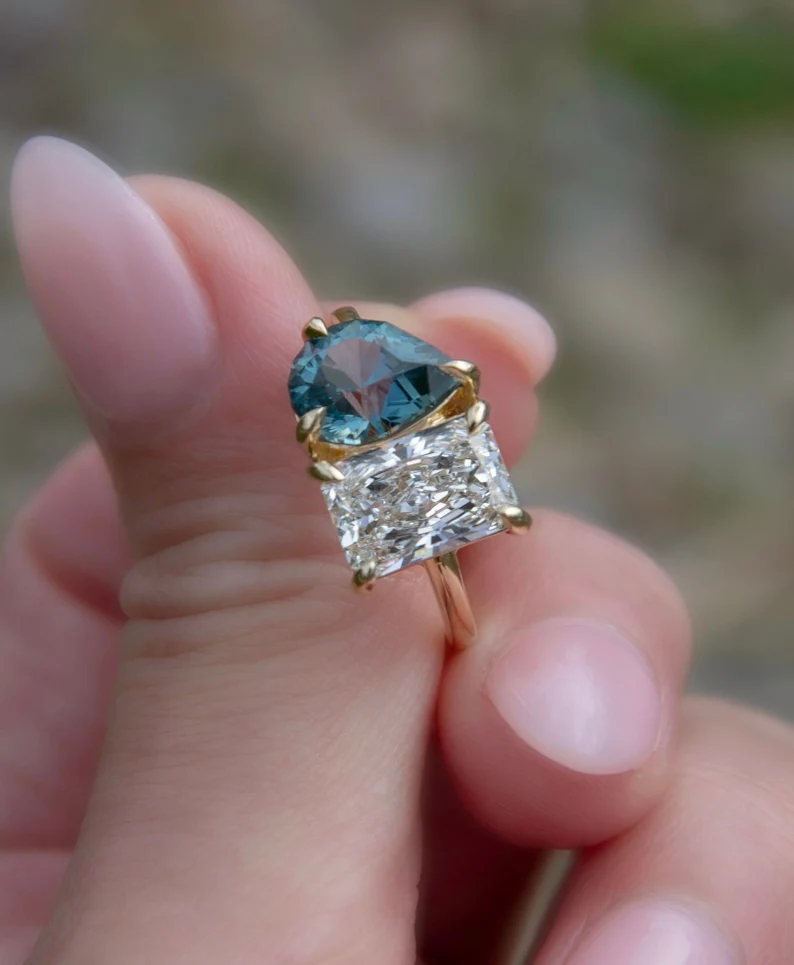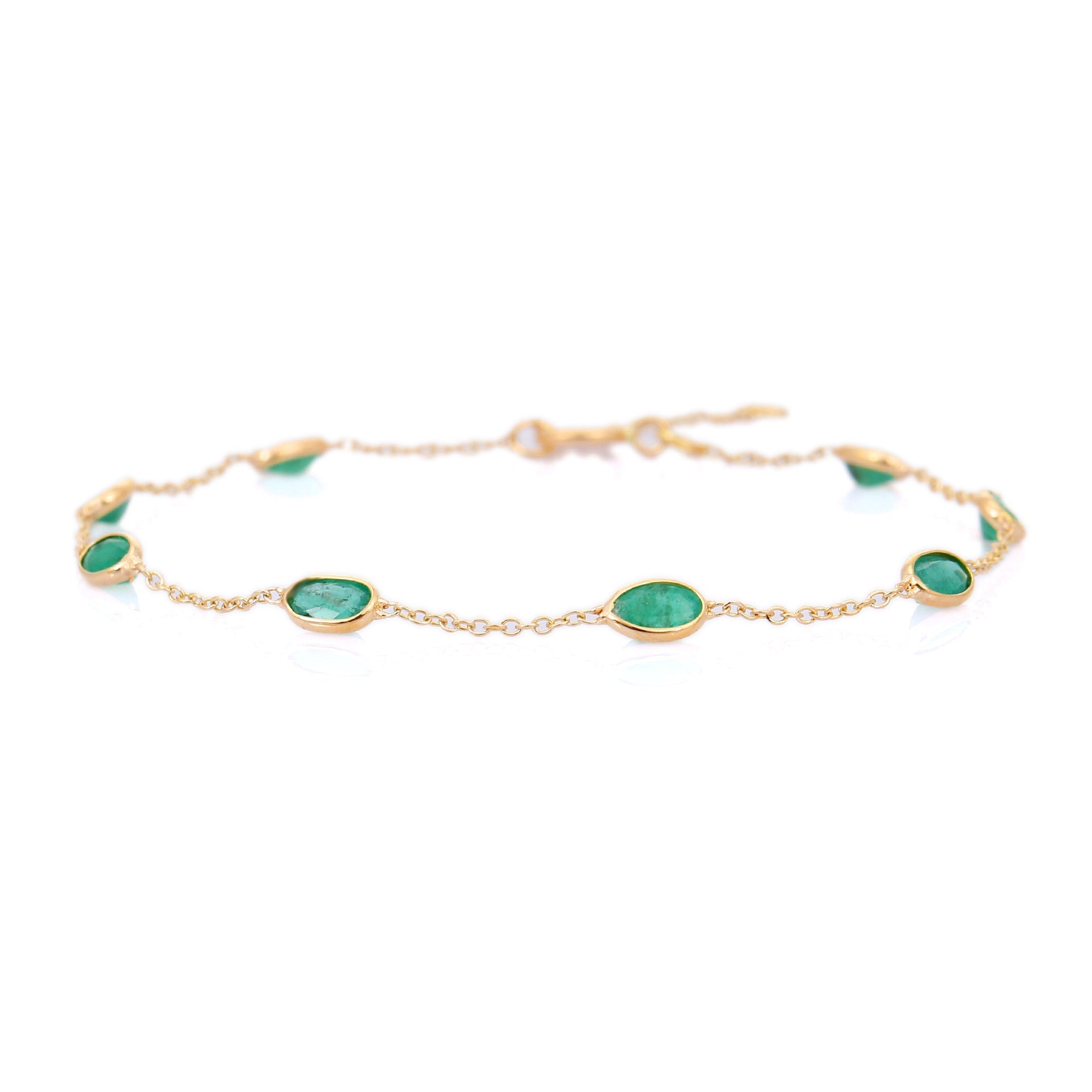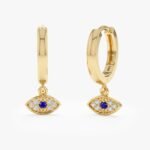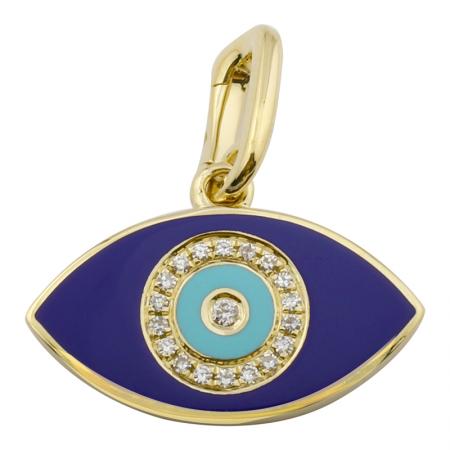The “Barely-There” Diamond Trend: Chic Minimalism or FOMO Trap?

The “barely-there” diamond trend—tiny center stones, slim bands, and muted sparkle—has been everywhere on social media and in shop windows. It looks elegant and low-key. But is it truly a smart, timeless choice or mostly a reaction to hype and FOMO? Below I break down the practical pros and cons, the technical details you should know, and clear buying guidance so you can decide with facts, not feelings.
What “barely-there” actually means
Designers use different language, but most “barely-there” engagement rings center on diamonds under 0.25 ct. For reference:
- 0.03 ct ≈ 2.0 mm — very subtle, often used for stacking or midi rings.
- 0.10 ct ≈ 3.0 mm — visible close-up; reads delicate from a distance.
- 0.25 ct ≈ 4.1 mm — a light, clearly wearable center stone.
- Standard full-size centers (for comparison): 0.50 ct ≈ 5.0 mm; 1.00 ct ≈ 6.5 mm.
Most minimal styles use narrow bands (1.5–2.5 mm) and settings that sit low to the finger: bezel, flush, or tiny prongs.
Why people choose minimal diamonds
There are practical reasons behind the look:
- Subtlety and everyday comfort: Low-profile settings don’t snag on clothing and feel lighter on the hand. Good for active people or jobs involving hands.
- Stacking and mix-and-match: Smaller stones let you layer several rings without bulk. That creates visual interest without big expense per ring.
- Budget efficiency: Price jumps sharply with carat. A 0.25 ct costs far less than a 0.50 ct but still reads as an engagement ring.
- Ethics and style statement: Some choose tiny diamonds to prioritize responsible sourcing or to put budget toward other things (experiences, savings).
Practical downsides and hidden costs
Minimal doesn’t always mean cheaper or easier. Know the trade-offs.
- Visibility and proportion: A 3 mm stone can disappear on larger hands. Finger size matters: what reads delicate on a size 4 may look lost on a size 8.
- Durability concerns: Micro-pavé and tiny prongs can loosen over time. Melee diamonds (0.005–0.02 ct) are the hardest to secure and most likely to fall out.
- Inspection and maintenance: Small diamonds need frequent checks and re-tipping of prongs or re-setting. That costs time and money.
- Resale and appraisal: Small diamonds have low individual resale value. Insurance can be a poor investment if the ring is inexpensive; check policy minimums.
- Trends vs. timelessness: Ultra-minimal looks can feel dated when tastes swing back to larger stones. A classic solitaire with mid-size stone ages more predictably.
Stone quality: what to prioritize for tiny diamonds
Color and clarity behave differently at small sizes. Here’s how to approach the 4 Cs for a barely-there stone.
- Carat/size: Decide face-up size first (mm), then choose carat. For a subtle ring that still reads like jewelry on most hands, 0.10–0.25 ct is practical.
- Cut: This matters even at small sizes. A well-cut round or small brilliant gives better light return. Avoid poorly cut stones—sparkle is what makes tiny diamonds look alive.
- Color: For melee and small centers, you can opt for G–I and still get a white look. On a tiny 3 mm stone, differences between D and H are rarely visible to the naked eye.
- Clarity: Inclusions are less noticeable in small stones. SI1–SI2 is often acceptable for 0.10–0.25 ct, but inspect under loupe to ensure inclusions aren’t on the table.
Settings and metals for longevity
Choice of setting can protect a small diamond and enhance presence.
- Bezel: Encircles the diamond and protects edges. Great for active wearers and very small stones. It reduces apparent sparkle but increases durability.
- Flush: The diamond sits level with the band. Extremely low-profile and secure, ideal if you want something almost invisible to touch.
- Prong: Tiny prongs give maximum table exposure for sparkle but need maintenance. Four prongs are common; six is safer for round stones.
- Metal: 14k gold (58.5% gold) is harder and more scratch-resistant than 18k (75% gold). 950 platinum is dense and hypoallergenic but will develop a patina and is often pricier. Choose based on wear and comfort, not just prestige.
Lab-grown vs. natural diamonds
Lab-grown diamonds are physically identical to natural ones and typically cost 30–50% less. They let you get a larger or higher-quality face-up stone for the same budget. Resale value is currently lower than natural diamonds and market volatility is greater. If future resale matters, factor that in.
How to decide: a quick checklist
- Consider your lifestyle: hands-on job? Choose bezel or flush and a 1.5–2.0 mm band.
- Match finger proportion: for size 6+ fingers, aim for 0.15–0.30 ct for visible balance.
- Set your priorities: visual impact (size/cut) vs. comfort and subtlety (setting/low-profile).
- Inspect in person: judge sparkle, not specs alone. Small differences in cut affect brightness more than color at tiny sizes.
- Plan for maintenance: budget for annual checks and possible re-tipping of prongs.
- If buying lab-grown, confirm return policy and ask about certification; if natural, insist on reputable grading (GIA/IGI) for larger centers.
Final take: chic minimalism or FOMO trap?
It can be both. When chosen for the right reasons—comfort, proportion, and intentional design—a barely-there ring is a refined, enduring choice. It reflects taste and practicality. But when picked mainly to chase social trends or to signal frugality without thinking about wear and upkeep, it becomes a FOMO-driven buy that may disappoint later.
Make the decision based on how the ring will function in daily life, how it looks on your hand, and what maintenance you’re willing to commit to. With careful selection of size, cut, setting, and metal, a minimal diamond ring can be quietly beautiful—and last for decades.




